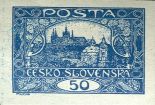Telecommunication technology
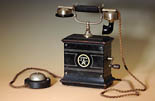
The gathering of materials for a new collection of telecommunication technology had to wait until 1976 when a permanent exposition on postal history was opened at the Postal Museum Vyšší Brod's venue. Historical materials were bought from antiques or second-hand stores; younger, discarded or still working technology was transferred by the former Communications Ministry organisations. The result was a precious collection of objects from the area of telegraphy, telephony and radiocommunications, built in the course of the 1970s and 1980s.
Morse colour writing telegraphs made by Czeija-Nissl or Štěpánek Pardubice, used locally between 1850 and the early 1950s, are among the oldest materials. A replica Bain-Eckling telegraph, first introduced on the Vienna-Brno line (first telegraph line in the Austrian monarchy) in 1847, documents the beginning of telegraphy. A range of Siemens, Lorenz, Creed products as well as younger technology produced by East German RFT and Zbrojovka Brno, including the T 100 product line, represent teleprinter technology.
Telephony is documented in telephone and communication technology exhibits, with telephones based on local battery system (e.g. Ericsson or Austrian type III models from the 1890s) being among the oldest ones. Products made by Telegrafia, Mikrofona and Kolín-based firm Prchal-Ericsson represent the era of interwar Czechoslovakia. Postwar objects include Tesla telephones and materials from a range of newer products made by Tesla Stropkov. Public pay phones, including the oldest exhibited pay phone from the 1930s, are also part of this sub-collection. Communication technology exhibits include manual switchboards and automatic telephone exchange frames (e.g. a Siemens A 36 exchange from the Engineers and Architects Union's building in Prague's Old Town, used between 1936 and the late 1970s).
A part of MT 11 technology, until the late 1970s used for television transmission, documents radiocommunications. So does the unique Tesla KRV 1 transmitter employed in the past by the Zbraslav-Baně radiocommunication centre to jam the signals of foreign radio stations (Radio Free Europe).
Photo gallery
-
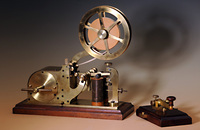 Morse telegraph
Morse telegraph -
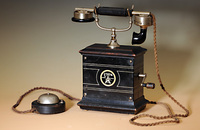 Desk telephone
Desk telephone -
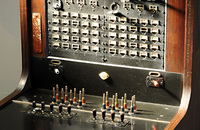 Manual telephone exchange
Manual telephone exchange -
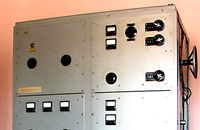 Tesla KRV 1 short-wave transmitter
Tesla KRV 1 short-wave transmitter -
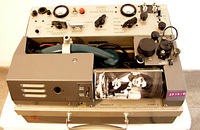 Muirhead phototelegraph
Muirhead phototelegraph -
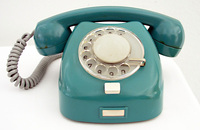 Automatic telephone
Automatic telephone -
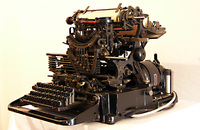 C. Lorenz teleprinter
C. Lorenz teleprinter
![Postal museum [logo]](/PostMuzeum-theme/images/muzeum/logo_postal-museum.png)
